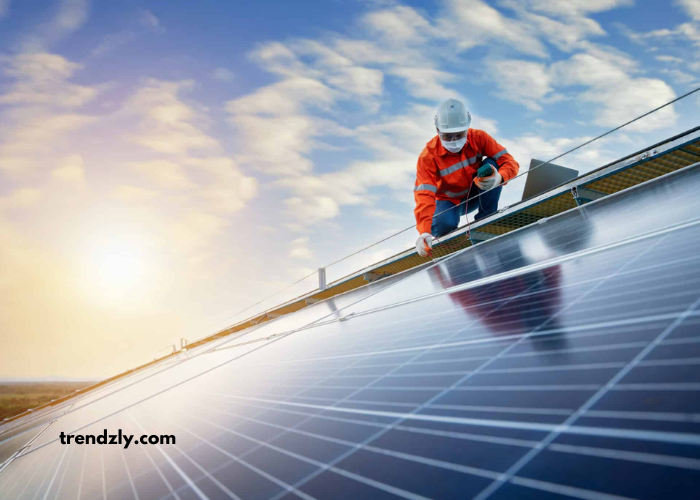Achieving energy independence in your backyard is more feasible than you might think. With a blend of technology, ingenuity, and a bit of elbow grease, you can tap into renewable energy sources, ensuring both sustainability and self-sufficiency.
Understanding the Basics of Renewable Energy
Before setting up your backyard power plant, it’s essential to understand the fundamentals of renewable energy. Solar and wind energy are the most accessible forms for households. For a detailed guide on building your power plant, delve into this insightful prairie generator review. Rich Lubbock, a seasoned researcher in renewable energy, reveals how you can build a home power plant that’s not only efficient but also user-friendly.
Harnessing Solar Power
Solar energy, being a popular and abundant source, can significantly power your home. By installing solar panels and connecting them to battery storage systems, you can store surplus energy for future use. Solar energy is not only sustainable but also an eco-friendly way to reduce your carbon footprint.
Tapping into Wind Energy
For those residing in windy locales, wind energy can be a godsend. Installing wind turbines in your backyard can convert the kinetic energy of the wind into electricity, adding another layer to your energy independence.
Utilizing Biomass
Biomass, the organic material from plants and animals, contains stored energy from the sun. Burning biomass releases this energy, providing an often overlooked method of generating energy at home.
Creating a Water Harvesting System
Incorporating a water harvesting system can further elevate your backyard. Curious about harnessing water from the air? This ultimate guide explains the ins and outs of generating and utilizing water, a complementary resource to energy.
Optimizing Energy Consumption
Creating energy is one side of the coin; optimizing its consumption is the other. Implement energy-efficient appliances, LED lighting, and insulate your home adequately. Every small change contributes to significant energy savings and a smaller carbon footprint.
Being Prepared for Natural Disasters
Preparedness is key. A self-sufficient energy system ensures your family’s safety during unforeseen circumstances, such as natural disasters that might disrupt power supply. To further your preparedness, here’s how to secure your water supply during such events.
Conclusion
Achieving energy independence in your backyard is not a pipe dream. Armed with the right knowledge and tools, you can harness renewable energy sources and embark on a journey towards a sustainable future. Every step you take is a stride towards a greener, cleaner, and more empowered life.
Investing in Energy Efficiency
Investing in energy-efficient appliances and home improvements is a cornerstone for achieving energy independence. It’s essential to consider the energy consumption of every device in your home and look for energy-star rated alternatives when possible. In addition, enhancing home insulation, sealing any air leaks, and using energy-efficient lighting can significantly reduce your energy requirements and improve the overall efficiency of your home energy system.
Developing a Sustainable Lifestyle
Adopting a sustainable lifestyle goes hand-in-hand with achieving energy independence. This entails being mindful of your energy consumption, reducing waste, and utilizing resources efficiently. Composting organic waste, practicing water conservation, and making environmentally-conscious choices in your day-to-day life contributes to a holistic approach to sustainability. By nurturing an eco-friendly mindset, you not only support your energy independence but also contribute positively to the broader environment and community.
Exploring Emerging Technologies
Keeping an eye on emerging technologies and innovations can provide additional avenues for energy independence. Advances in renewable energy technologies, battery storage solutions, and energy management systems are continually evolving. Staying informed about these developments allows you to adapt and upgrade your home energy system, ensuring it remains efficient, cost-effective, and aligned with the latest sustainability standards. Embracing innovation is key to optimizing your path towards energy independence and ecological balance.
